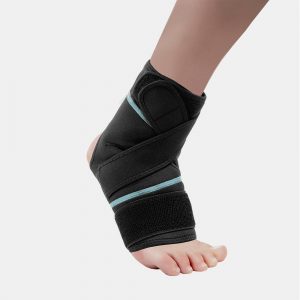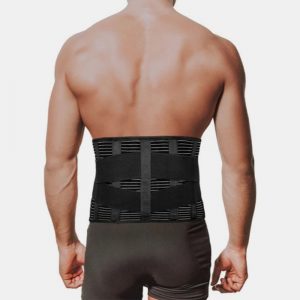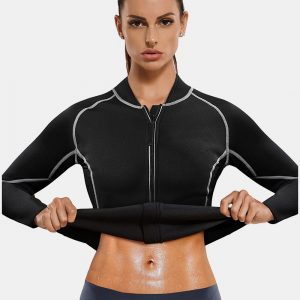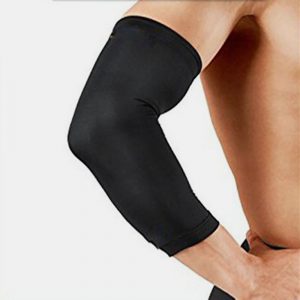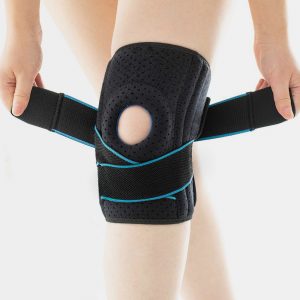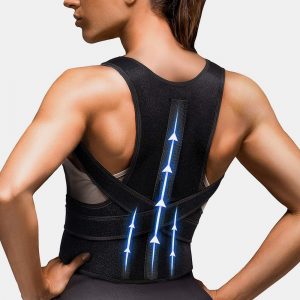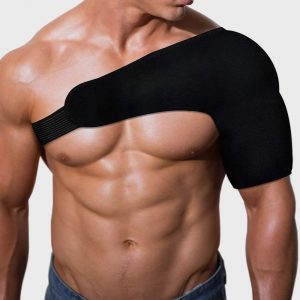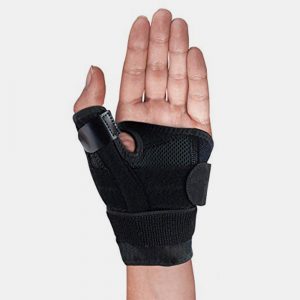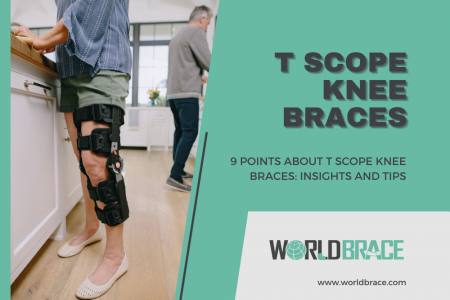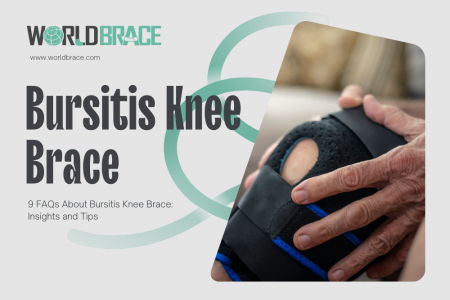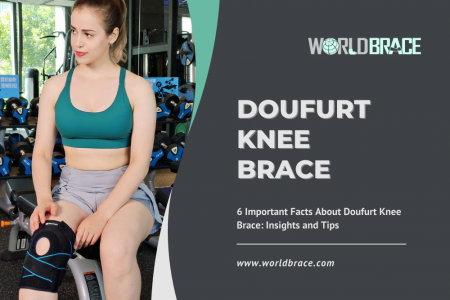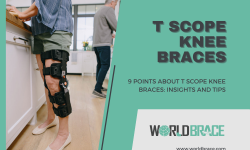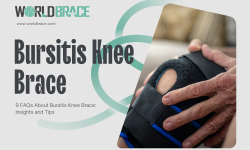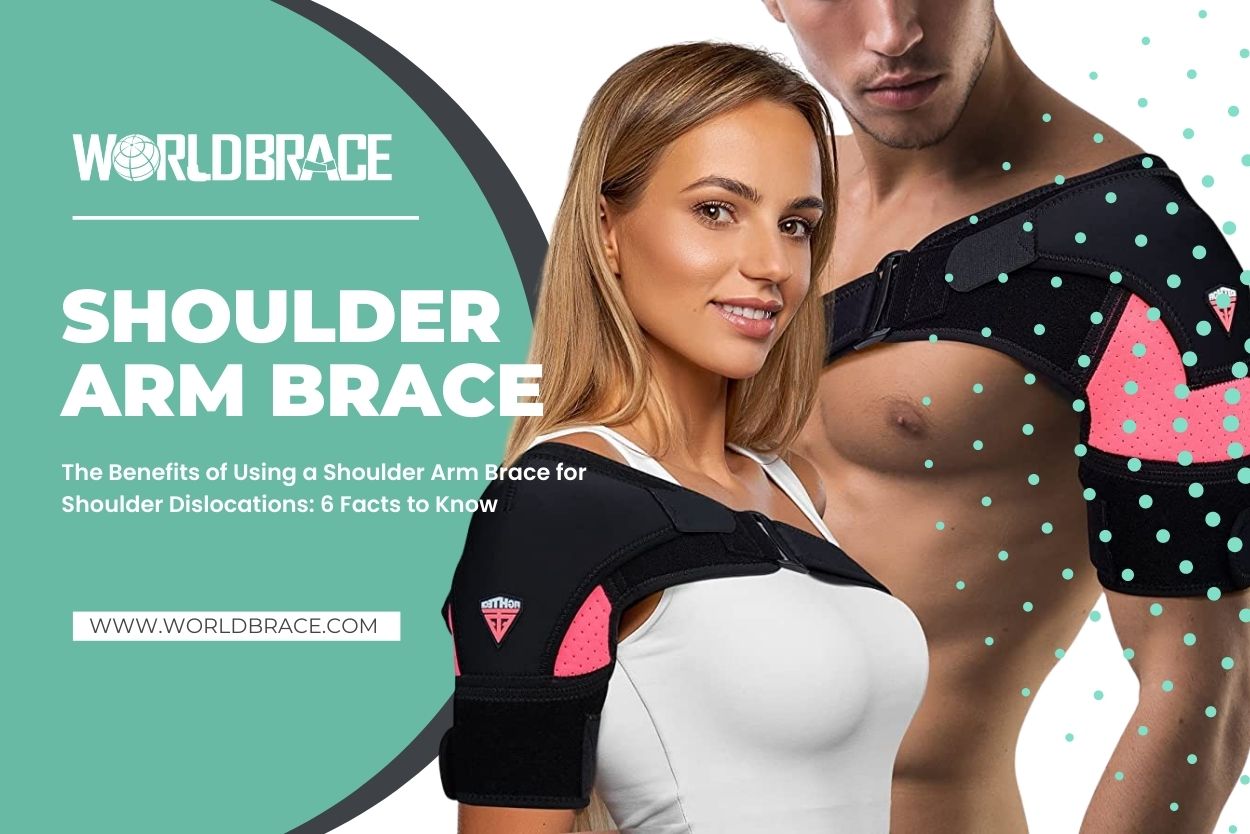
فهم خلع الكتف: الأسباب، والأعراض، والمخاطر
خلع الكتف هو إصابة شائعة عندما تخرج عظمة الذراع العلوية من تجويفها في لوح الكتف. يمكن أن يحدث ذلك بسبب صدمة مفاجئة أو سقوط أو حركة التواء قوية. هناك أنواع مختلفة من خلع الكتف، بما في ذلك الخلع الأمامي (الأمامي) والخلفي (الخلفي) والسفلي (السفلي).
تشمل بعض الأسباب الشائعة لخلع الكتف الإصابات الرياضية وحوادث السيارات والسقوط. الأفراد الذين يشاركون في رياضات الاحتكاك الجسدي، مثل كرة القدم أو المصارعة أو الهوكي، أكثر عرضة لخطر الإصابة بخلع الكتف. كما قد يكون الأشخاص الذين يعانون من فرط الحركة أو ضعف عضلات الكتف أو إصابات الكتف السابقة أكثر عرضة للإصابة بخلع الكتف.
يمكن أن تشمل علامات وأعراض خلع الكتف الألم الشديد والتورم والتصلب في مفصل الكتف ومحدودية نطاق الحركة وعدم الاستقرار أو الارتخاء في الكتف. في بعض الحالات، قد يكون هناك أيضاً تشوه واضح أو كدمات حول مفصل الكتف.
هناك العديد من المخاطر والمضاعفات المرتبطة بخلع الكتف. أحد المخاطر الشائعة هي الخلع المتكرر، حيث يستمر الكتف في الخلع حتى بعد إعادته إلى مكانه. وتشمل المضاعفات المحتملة الأخرى تلف الأعصاب وتمزق الكفة المدورة والتهاب المفاصل في مفصل الكتف. في الحالات الشديدة، قد يتطلب الأمر إجراء جراحة لإصلاح الضرر ومنع الخلع في المستقبل.
كيف تعمل دعامات ذراع الكتف: التشريح والوظائف
دعامات ذراع الكتف هي أجهزة لتقويم العظام مصممة لدعم مفصل الكتف وتثبيته، خاصةً بعد حدوث خلع أو إصابة. وهي تأتي في أنواع وتصميمات مختلفة، من الأشرطة البسيطة إلى الدعامات الأكثر تعقيداً ذات الأشرطة والوسادات والجبائر القابلة للتعديل.
يختلف تشريح دعامات ذراع الكتف باختلاف التصميم المحدد. ومع ذلك، فهي تتألف عموماً من حزام أو حزام يلتف حول الجذع وأعلى الذراع، متصل بآلية قابلة للتعديل تضغط على مفصل الكتف. وعادةً ما تكون الأشرطة عادةً من النيوبرين الناعم والمرن، بينما تكون هياكل الدعم من مواد أكثر صلابة مثل البلاستيك أو المعدن.
تقوم دعامات ذراع الكتف بالضغط والضغط على مفصل الكتف، مما يساعد على تقليل الالتهاب ومنع المزيد من الإصابات وتعزيز الشفاء. ومن خلال الحد من نطاق حركة مفصل الكتف، فإنها توفر أيضاً إحساساً بالثبات وتمنع الحركة المفرطة التي قد تسبب الألم أو معاودة الإصابة.
أهمية استخدام دعامة ذراع الكتف في حالات خلع الكتف
لا يمكن المبالغة في فوائد استخدام دعامة ذراع الكتف في حالات خلع الكتف. يمكن أن يتسبب خلع الكتف في ألم شديد ومحدودية الحركة وزيادة خطر الإصابة مرة أخرى. ومع ذلك، فإن استخدام دعامة ذراع الكتف يمكن أن يخفف من العديد من هذه الآثار السلبية.
يُعد تخفيف الألم أحد الفوائد الرئيسية لاستخدام دعامة ذراع الكتف. حيث يمكن أن تساعد الدعامة في تخفيف الضغط والإجهاد على مفصل الكتف، مما يقلل بشكل كبير من مقدار الألم الذي يعاني منه الفرد. يمكن لدعامة ذراع الكتف أيضاً تحسين الحركة من خلال توفير دعم إضافي لمفصل الكتف. يمكن أن يسمح ذلك للفرد بتحريك كتفه بشكل مريح أكثر وبألم أقل، مما يحسن من جودة حياته بشكل عام.
من الفوائد المهمة الأخرى لاستخدام دعامة ذراع الكتف هي تقليل خطر الإصابة مرة أخرى. بعد خلع الكتف، يمكن أن يضعف المفصل ويكون عرضة لمزيد من الضرر. باستخدام دعامة ذراع الكتف، يتم تثبيت المفصل، مما يقلل من خطر التعرض لمزيد من الإصابات ويسمح للكتف بالشفاء بشكل أكثر فعالية.
يمكن أن يستفيد أي شخص تعرض لخلع في الكتف من استخدام دعامة الكتف. ويشمل ذلك الرياضيين والأفراد الذين يعملون في وظائف تتطلب مجهوداً بدنياً وأي شخص لديه تاريخ من خلع الكتف. من خلال استخدام دعامة ذراع الكتف، يمكن لهؤلاء الأفراد المساعدة في تخفيف الألم وتحسين الحركة وتقليل خطر التعرض لمزيد من الإصابات، مما يؤدي إلى التعافي بشكل أسرع وأكثر فعالية.
كيفية اختيار دعامة ذراع الكتف المناسبة: عوامل يجب مراعاتها
العوامل التي يجب مراعاتها عند اختيار دعامة ذراع الكتف، مثل نوع الخلع ومستوى الدعم المطلوب والملاءمة
كيفية تحديد مقاس دعامة ذراع الكتف وملاءمتها بشكل صحيح
نصائح لاختيار أفضل دعامة ذراع للكتف تناسب احتياجاتك
كيفية استخدام دعامة ذراع الكتف: نصائح وأفضل الممارسات
عند اختيار دعامة ذراع الكتف، يجب عليك مراعاة العديد من العوامل لضمان الحصول على الدعامة المناسبة لاحتياجاتك. العامل الأساسي الذي يجب التفكير فيه هو نوع الخلع الذي تعاني منه، حيث أن هناك أشكالاً مختلفة من خلع الكتف، وبعضها يتطلب دعماً أكثر من غيرها. يمكن أن يساعدك الطبيب المختص في تحديد نوع الخلع الذي تعاني منه ومستوى الدعم المطلوب. هناك عامل آخر في التقييم وهو مستوى الدعم الذي تحتاجه. إذا كنت مصاباً بخلع شديد أو كنت معرضاً لخطر الإصابة مرة أخرى، فقد تحتاج إلى دعامة توفر أقصى قدر من الدعم. وعلى النقيض من ذلك، إذا كنت تعاني من خلع خفيف أو إذا كنت تستخدم الدعامة لأغراض وقائية، فقد تكون الدعامة ذات الدعم الأقل كافية.
يعد المقاس والملاءمة المناسبين عاملين حاسمين عند اختيار دعامة ذراع الكتف. يمكن أن تؤدي الدعامة غير الملائمة التي تكون إما فضفاضة جداً أو ضيقة جداً إلى الشعور بعدم الراحة وقد لا توفر المستوى الصحيح من الدعم. ولذلك، من الضروري قياس كتفك وذراعك بدقة واتباع تعليمات الشركة المصنعة بشأن المقاس عند اختيار الدعامة.
لاختيار أفضل دعامة ذراع للكتف تناسب احتياجاتك، ضع في اعتبارك جوانب مختلفة، مثل مادة الدعامة ومستوى قابلية الضبط وأي ميزات إضافية، مثل الحشو أو الأشرطة. قد تؤثر هذه العوامل على فعالية الدعامة بشكل عام في توفير الدعم وتقليل الانزعاج. لذلك، فإن اختيار الدعامة التي تناسب احتياجاتك وتفضيلاتك أمر بالغ الأهمية.
جعلىالاندماج:
في الختام، يمكن أن يوفر استخدام دعامة ذراع الكتف لعلاج خلع الكتف العديد من الفوائد. يمكن أن تساعد دعامة ذراع الكتف في تقليل الألم وتحسين الحركة وتقليل خطر الإصابة مرة أخرى من خلال توفير الدعم والثبات لمفصل الكتف. ولاختيار دعامة ذراع الكتف المناسبة، من الضروري مراعاة عوامل مثل نوع الخلع ومستوى الدعم المطلوب والمقاس والملاءمة المناسبة. تشمل العوامل الإضافية التي يجب أخذها في الاعتبار مادة الدعامة ومستوى قابلية الضبط وأي ميزات أخرى مثل الحشو أو الأشرطة. يمكن للأفراد الذين يعانون من خلع الكتف أن يتمتعوا براحة وحركة وجودة حياة أفضل من خلال مراعاة هذه العوامل واستخدام دعامة ذراع الكتف بشكل مناسب.
هل تبحث عن مُصنع ومورد لحمالات الكتف من Walgreens؟ لا مزيد من البحث! تقدم Worldbrace أفضل حلول الدعامات عالية الجودة لجميع احتياجات كتفك.

